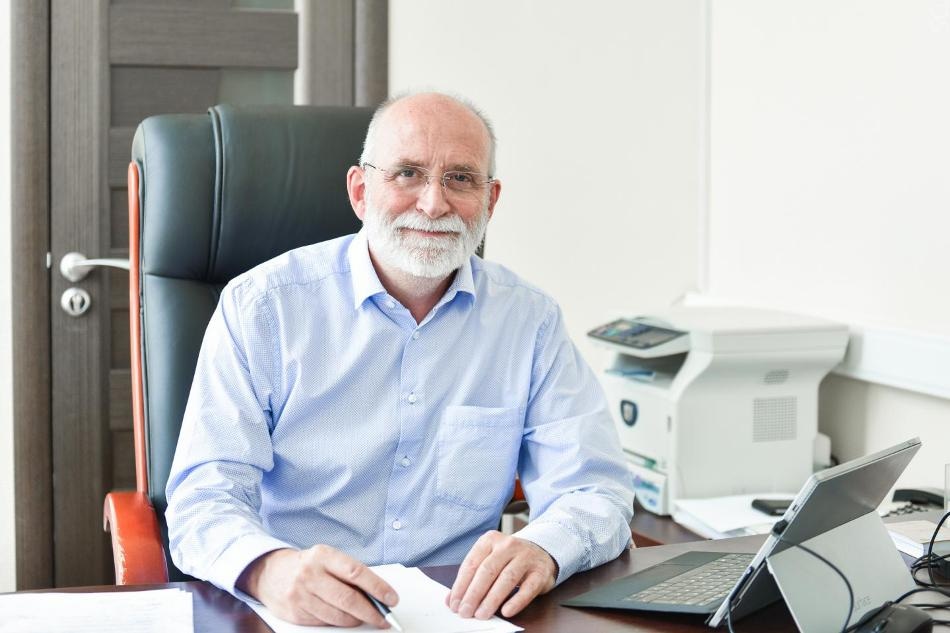Jun 18 2018
An international team of researchers, which included Professor Gotthard Seifert from NUST MISIS, has made a significant advancement in the path toward controlling excitonic (latin excito - “excite”) effects in two-dimensional van der Waals heterostructures. In the times to come, this study will assist in developing electronics with highly controlled characteristics. The study has been reported in the Nature Physics journal.
 This is Professor Gotthard Seifert, one of NUST MISIS’s leading scientists. (Image credit: Sergey Gnuskov/NUST MISIS)
This is Professor Gotthard Seifert, one of NUST MISIS’s leading scientists. (Image credit: Sergey Gnuskov/NUST MISIS)
Developing two-dimensional semiconductor materials is one of the highly significant fields of modern materials science. These materials could prove fundamental for elements required to develop the future generation of electronics.
One such two-dimensional material with appropriate electronic properties is two-dimensional molybdenum disulfide (MoS2), with a single-layer structure (layer of single atoms) of molybdenum positioned between two layers of sulfur - the charge mobility and on/off in the transistor element of this material are very high.
In 2017, Professor Gotthard Seifert outlined the mechanism of defect germination in the two-dimensional molybdenum disulfide structure as a process that would render it possible for researchers to make the most of the complete potential of two-dimensional MoS2 in microelectronics applications. This study was reported in ACS Nano, a leading journal.
The analysis of the properties of other two-dimensional materials for their use in electronics has become the subsequent step in this field. Monolayers of molybdenum disulfide (and, for instance, wolframite diselenides, or WSe2) have exhibited excellent optical properties because of excitons—tightly bound pairs of electron-hole (quasiparticles that act as carriers of a positive charge).
Concurrently, when the MoS2/WSe2 heterostructure was developed by laying individual monolayers on one another, it resulted in the formation of a new kind of exciton in it, in which the hole and the electron are spatially divided into distinctive layers.
Researchers have demonstrated that interlayer excitons tend to produce a typically particular optical signal display upon being layered. This enables researchers to investigate quantum phenomena, rendering it perfect for experiments in volitronics (an area of quantum electronics, “valley,” or the local minimum of the conduction zone of an element) to tune electrons in the “valleys” of semiconductors. Moving forward, these advancements could open the door for the most efficient way for coding information (by placing an electron in one of these valleys).
Thanks to the use of spectroscopic methods and quantum-chemical calculations from the first principles, we have revealed a partially charged electron-hole in MoS2/WSe2 heterostructures, as well as [the electron-hole’s] location. We have managed to control the radiation energy of this new exciton by changing the relative orientation of the layers.
Professor Gotthard Seifert, Leading Scientists of NUST MISIS
Seifert said that this outcome is a significant step toward gaining insights into and regulating exciton effects in van der Waals heterostructures (in which these distance-dependent atomic interactions take place). The team will continue the research on the impact of layer rotations on the electronic properties of the material. Eventually, this will open the way for the development of distinctive, innovative materials for electronics or solar panels.